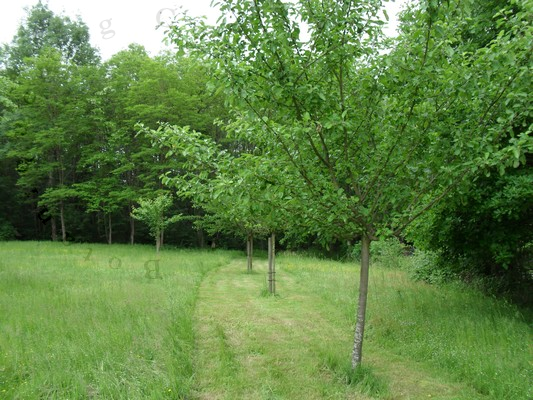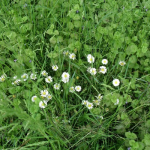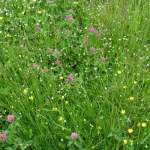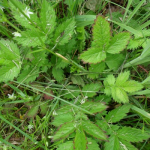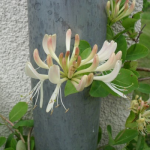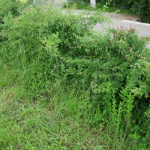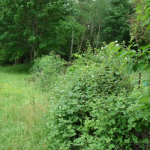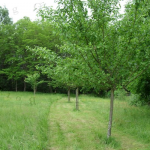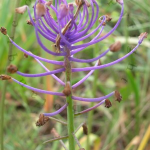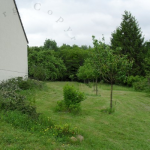Differentiated management is a concept of maintenance of the green areas which currently develops. It makes it possible to recreate biological diversity in the pleasure gardens.
Differentiated management consists in carrying out a maintenance different according to the zones from the garden. For example, shearings in a garden of French style will be more frequent than in an English garden where to the extreme in a meadow. One of the management tools differentiated is thus a precise cartography of space: the various zones are defined according to their use, their ecology like according to their biological, current or potential richness. For each zone, the means and the frequencies of maintenance are defined. Unlike reasoned agriculture for which, also, maintenance and the treatments are weakest possible, there is no concept of production in a pleasure garden except if one says that a differentiated management makes it possible “to produce” biological diversity.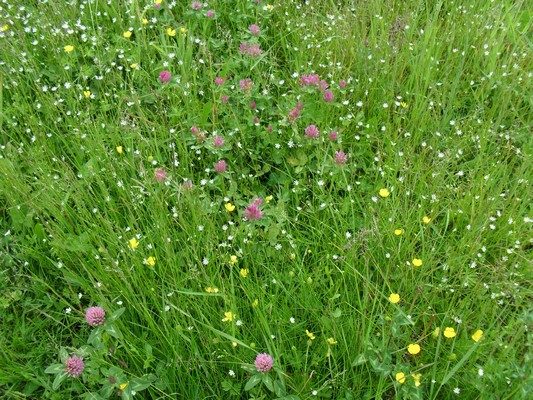
Differentiated management makes it possible to have zones of the garden whose minimal maintenance spontaneously supports the return of a wild biological diversity. 80% of the plants with wild flowers being pollinated by the insects, their reappearance support also that of the animals.
Other illustrations are available in the slide show in bottom of the article.
Differentiated management must result in a total reduction in maintenance. It thus allows an increase in biological diversity, animal or vegetable, within the framework of a sustainable development. The maintenance costs are also reduced. It is initially a frame of mind, a posture, and is accompanied by an installation of methods tools respecting the environment: stop of the pesticides, mulching, fragmented wood raméal (green branches of less than 4 cm in diameter crushed and spread out), composting, refuges with insects, nesting boxes, reduced or removed watering, supported plants autochtones, mowing with export (grass collected not to enrich the ground). It is frequently accompanied by complementary actions: formation of the agents for a better knowledge and evaluation of biological diversity, communication near the public. Indeed, certain visitors still require a nature controlled, rectilinear, drawn with the chalk line, with the guard with you owe the species human, a grass bit not exceeding the other. It is necessary to explain the fatal consequences on the long run of an excessive management of an green area resulting in the pollution and the erosion of a natural heritage, invaluable because difficult to reconstitute.
A differentiated management requires a more contemplative, humble attitude with respect to nature. On the same basis, that the palate is educated to appreciate all savors of good mets or the nuances of a wine of quality, a thorough knowledge of the mediums, various species and relations between them are preferable. Thus, mowing with export is not done on a fixed date, it is necessary to observe last fructifications to carry out it.
Differentiated management generally relates to the public gardens but is practiced little in those private. However, a diffusion of the concept in the private sphere is possible and would be even an asset in the constitution of the green and blue screen in urban environment. The means implemented are different. As much the public utilities can buy mechanical reapers being justified by the surfaces important to treat, as much an individual will have to be satisfied to mow manually or to mow with traditional material. However, if it is expensive to change the material, it is possible to adapt the methods. The height of cut of shearing is highest possible. Shearing, bi-annual (or preferably annual, is slow and is carried out interior towards outside by leaving zones refuges peripheral to allow the animal insects and small to move and find a shelter. The pesticides treatments and manures are reduced to the strict minimum. The creation of alleys facilitates circulation and gives a more landscape aspect.

